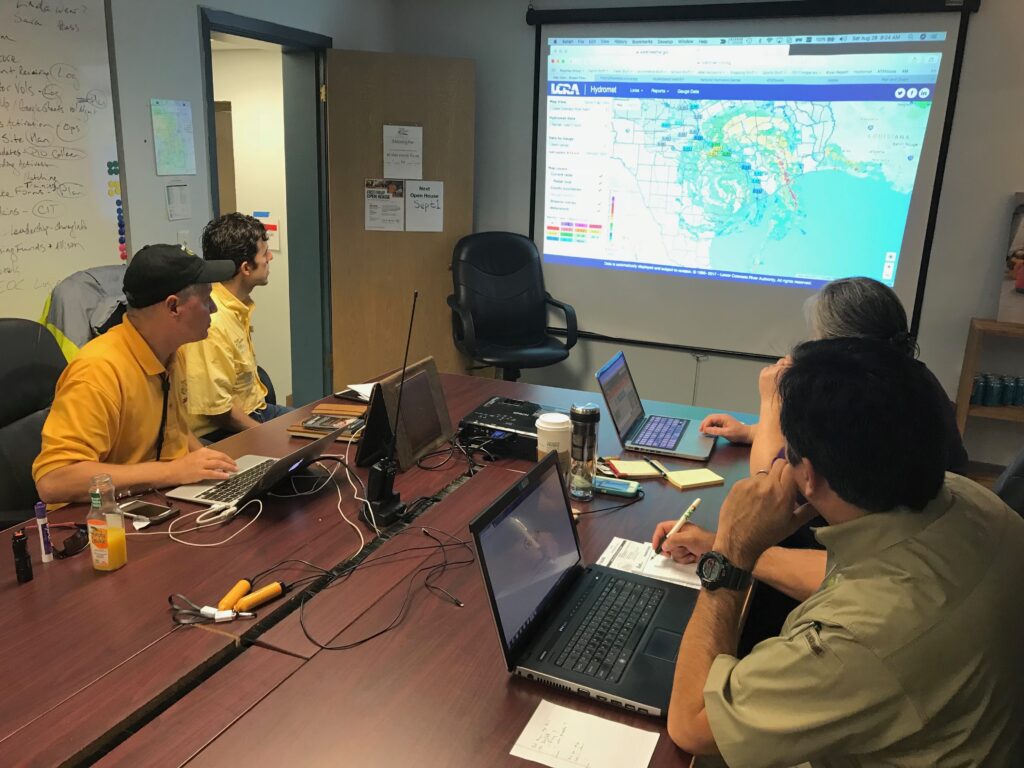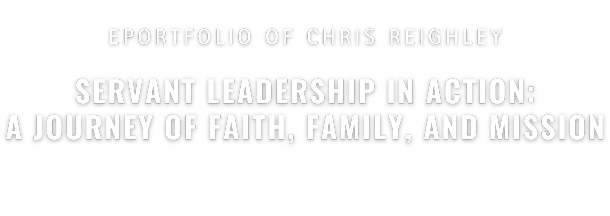Strategic planning is a process that requires vision, clarity, and the ability to balance complex elements. My approach to strategic planning has always been deeply tied to critical thinking, using a thoughtful, problem-solving mindset to create pathways that align with long-term objectives. Whether developing disaster response frameworks or executing corporate growth strategies, my focus has been on ensuring that every decision is rooted in both data and purpose.
A Framework Built on Critical Thinking

During my leadership role in Austin Disaster Relief Network’s (ADRN) Response 3.0 initiative, I saw firsthand how critical thinking transforms strategic planning. As I returned to ADRN, it became clear that logistics had started to overshadow our core mission of Christ-centered care. My task was to realign the organization’s disaster response framework with our mission, ensuring that both physical and spiritual care remained central to our operations.
Response 3.0 wasn’t just about improving procedures—it required deep critical thinking to reshape how we approached disaster relief. From identifying operational gaps to creating phases of response that scaled from small incidents to major crises, the strategic planning process was driven by critical thinking principles. Every step was measured, ensuring that our response was both effective and faithful to our mission. This mindset—questioning assumptions, assessing risks, and anticipating challenges—has shaped all aspects of my strategic planning work, whether in disaster relief or the corporate sector.
Visionary Thinking and Adaptability
Strategic planning requires the ability to look beyond the immediate and envision what the future holds. At totes-ISOTONER, I developed long-term eCommerce strategies that positioned the brand for sustainable growth, even as consumer behavior shifted dramatically. By integrating data-driven decision-making and remaining adaptable, I helped the organization increase online revenue by 400%.
Similarly, in my work at ADRN, I led the strategic transition to a Response 3.0 framework. This project wasn’t just about logistics; it was a complete reset of how we approached disaster response—ensuring that our efforts stayed true to both our operational goals and spiritual mission.
Collaborative Leadership and Execution
Strategic planning is not done in isolation. It requires collaboration and alignment across teams and departments. At FillTek, I led cross-functional teams to optimize our international eCommerce operations, handling everything from logistics to tax regulations for global clients like Puma and Tommy Hilfiger. By ensuring that each team member understood their role and how it contributed to the overall strategy, we created seamless operations that delivered tangible results.
Risk Assessment and Continuous Improvement
A key aspect of any successful strategy is the ability to assess risks and adapt accordingly. During my work with ADRN, I developed strategies that accounted for the unpredictable nature of disaster response. Critical thinking allowed me to anticipate challenges, implement contingency plans, and guide teams through complex, high-pressure situations.
Strategic Thinking Grounded in Purpose
Reflecting on my experience leading Response 3.0 has shown me that strategic planning isn’t just about the next step—it’s about ensuring that every decision aligns with a greater mission. Whether in the nonprofit sector or the corporate world, my strategic planning efforts are always grounded in the belief that clarity, purpose, and critical thinking are key to long-term success.
Let’s Connect
If your organization needs a leader who can bring clarity, vision, and purpose to strategic planning, I’d love to connect. Let’s discuss how I can help you develop and execute strategies that drive meaningful, long-term success.

